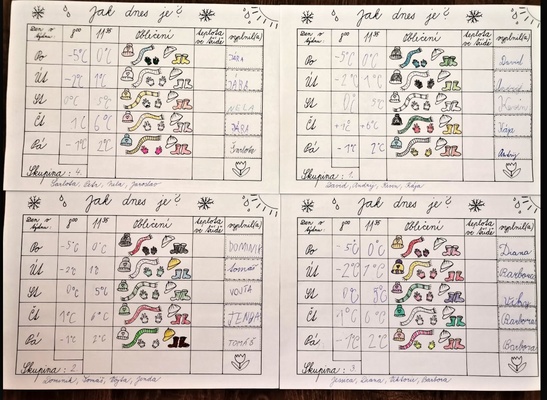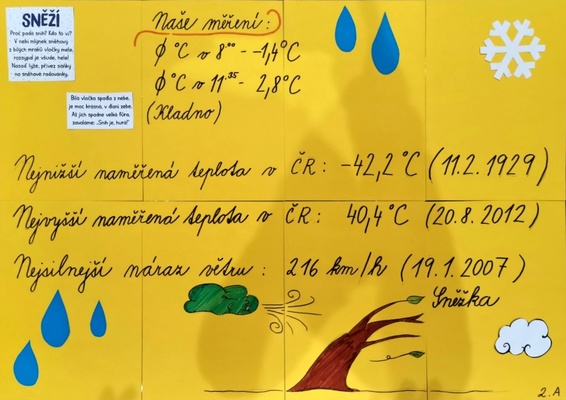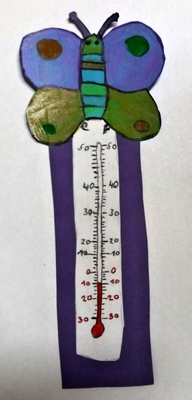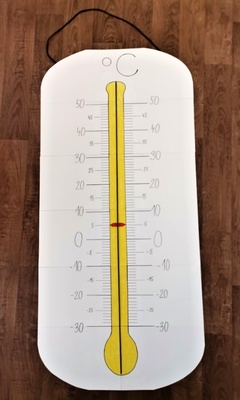Before we start...
Our ideas are more or less quite simple. Our students are homeschooling because of the Covid-19 situation, but you know what? We are going to beat every single one obstacle that comes in our way. Teachers and older students in the Czech Republic are working online using Teams and other platforms. The youger ones can work at school with their teachers.
CZ ideas.pdf
What did we manage to do?
Sixth graders
We have to overcome some obstacles. There are some students with limited access to internet. We prepare printed work for them, but the do not always respond. About a third of students participating in the project comes from challenging cultural and social background. It would be easier to keep them motivated in the classroom. It is almost impossible online.
Also, the restrictions were strengthened by the Czech government. Currently, there are no children allowed to go to school, we cannot travel between towns and villages (except for work or important appointments with a doctor). People are asked to stay home as much as possible.
We weren’t able to do the project as was planned, but we had a sort of emergency meeting and we decided to do the theoretical part of the project online and wait for better situation with the practical and creative part. The students have explored the ecosystem of local forest and compare it to the tropical one so far. They looked up information about the most common plants and animals in the local area. They talked about forest as a source of wood as well as berries and mushrooms, and they thought about forest as an important part of human culture (place for sport, meditation, exploration etc.) They found out some interesting places in the Kladno area and helped us to create a simple interactive map.
https://learningapps.org/watch?v=phauaogkn21
According to students’ work we have created some online exercises on learnigapps.org to keep them interested. We are going to create more as the project will progress.
https://learningapps.org/watch?v=pxmwb8oi521
https://learningapps.org/watch?v=p3n59jis221
https://learningapps.org/watch?v=pc5rtkt9a21
https://learningapps.org/watch?v=pj1swbt1j21
https://learningapps.org/watch?v=pnmt5dwdk21
https://learningapps.org/watch?v=p0xz3bri521
With a slight delay we also finaly finished the field work. We went for a short expedition to the woods nearby in September to gather some samples. We checked the lokal fauna and flora and looked for signs of damage caused by bark beetle.
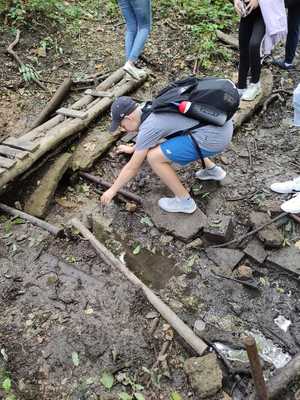
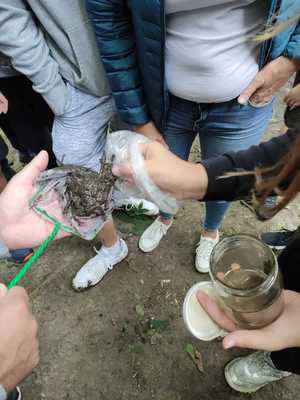
Back to school we finalized all the labwork. We worked with microskopes as well as with sets designed to check the quality of water.
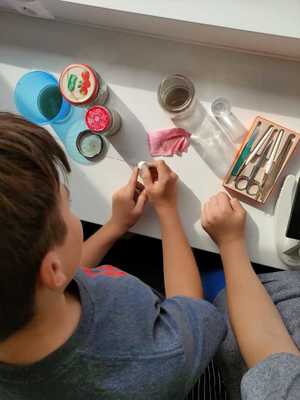
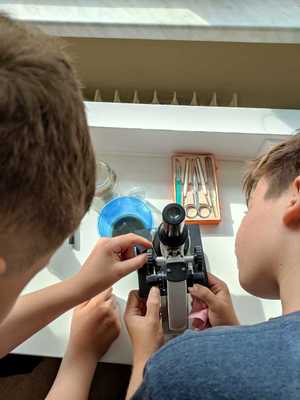
It was fun. We've also discovered that not all scientist wear white lab coats. The real ones get sometimes DIRTY!
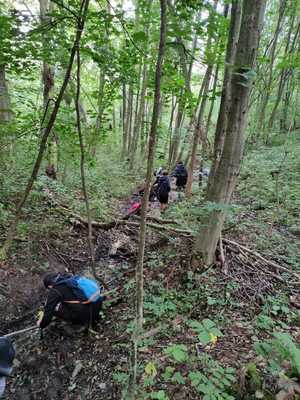
First and second graders
The first and second graders were at school till the end of February. They managed to complete the project as planned.
Children measured the outside temperature during a day for a week. They completed charts and talked about the influence the changes in temperature have on our lives. They think that if they put more clothes on (a sweater, a pullover, or a hoodie...) they might be able to save some energy since they won’t need that much heating.
They also discovered that the need to hide the thermometer from the sun. The sun warmed up the thermometer to much. They learned from their mistake and came up with some ideas how to use the solar energy for heating. They draw pictures.
Children have also learned how the thermometer works. They made paper thermometers to use them as bookmarks. In each class there was a big paper thermometer displayed where the children set the marker after each measurement.
Finally, teacher helped children to look up some basic statistic data to compare it to children’s results.
Here are some examples of children’s work.
